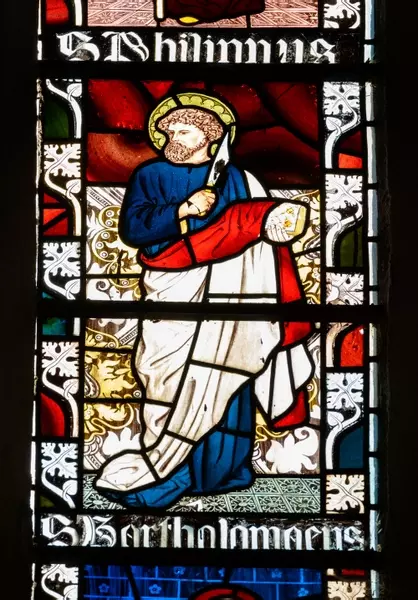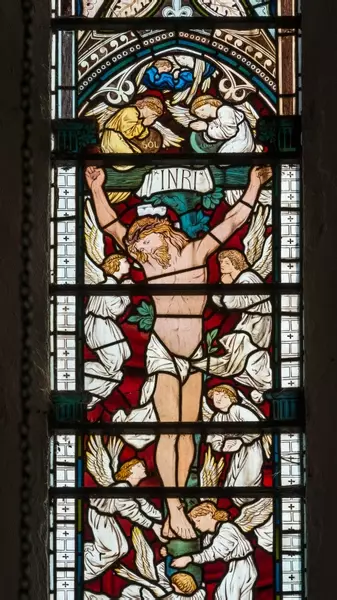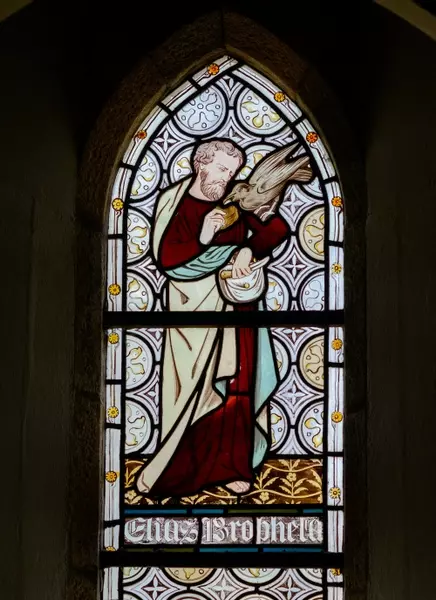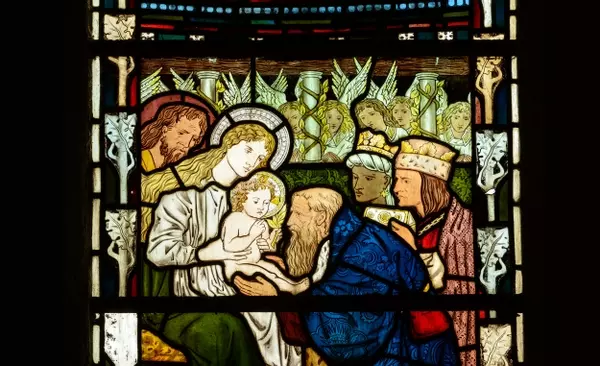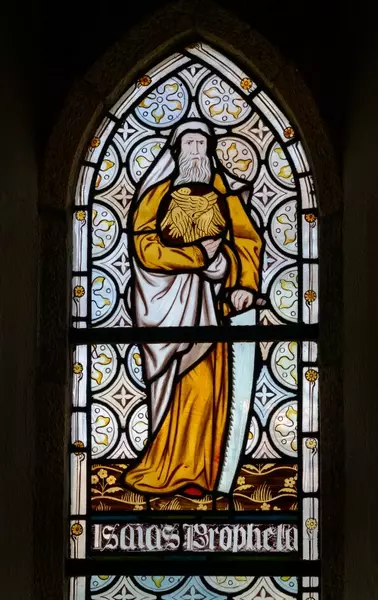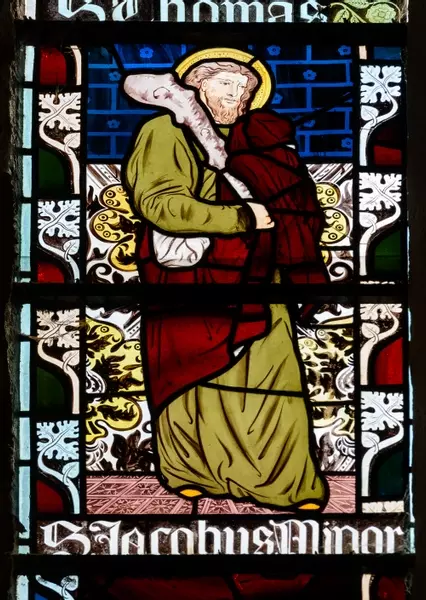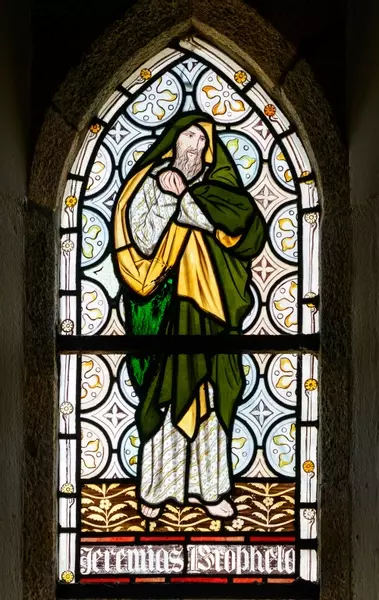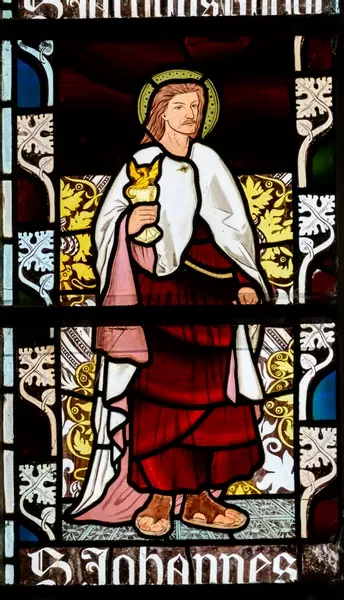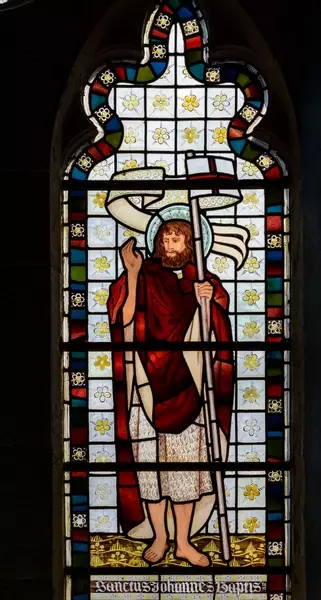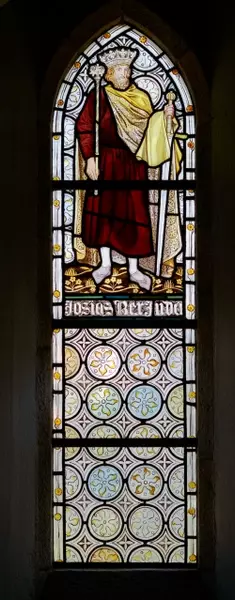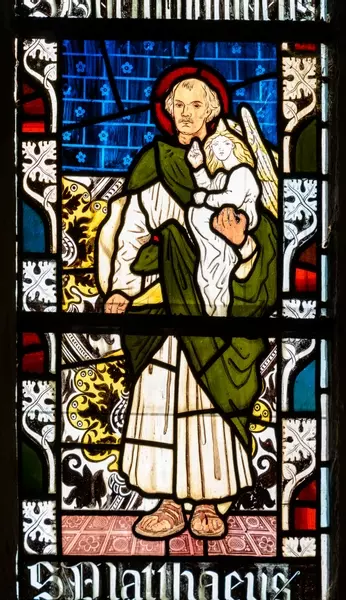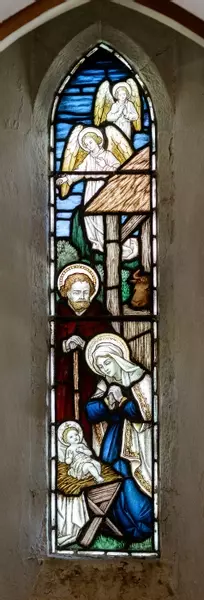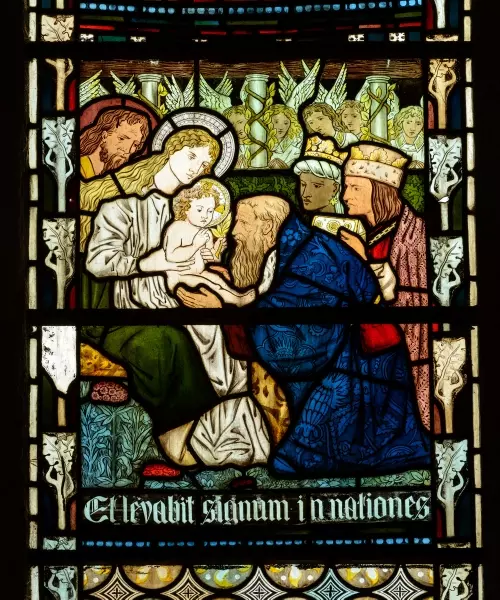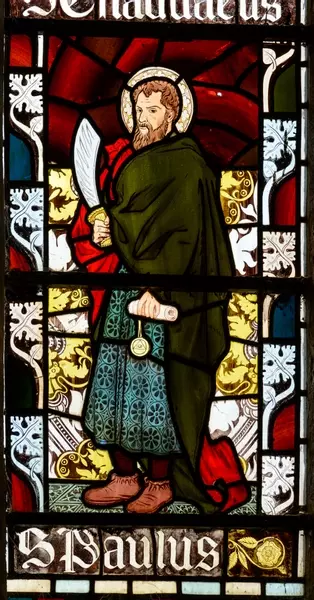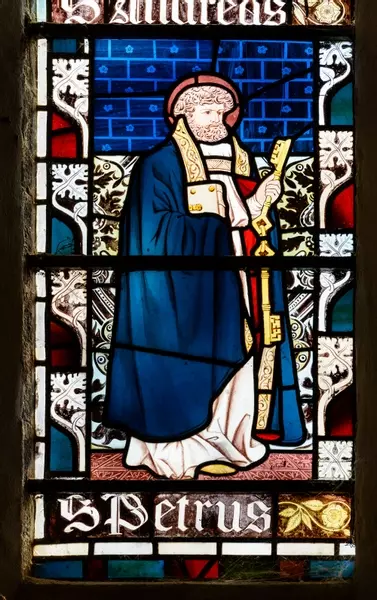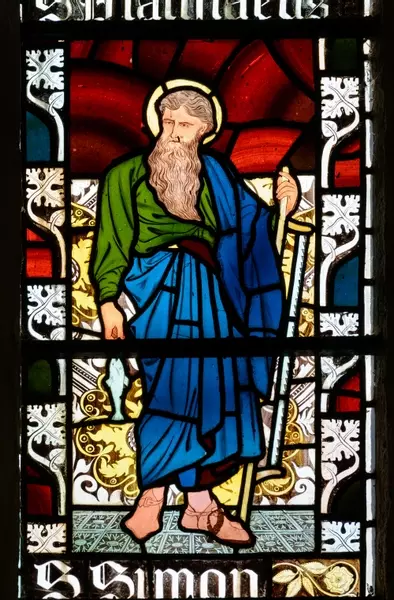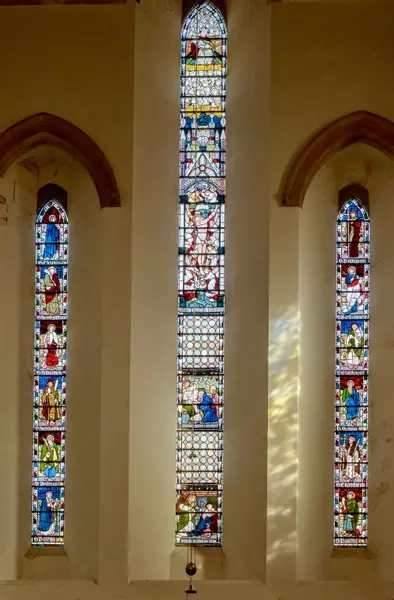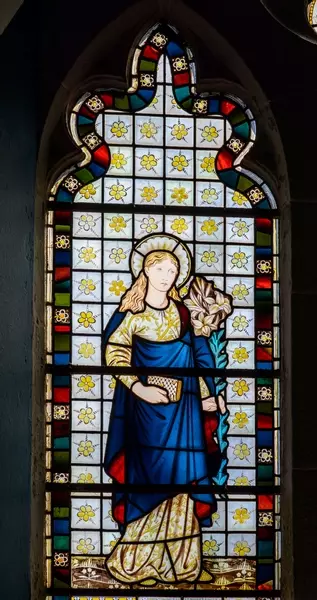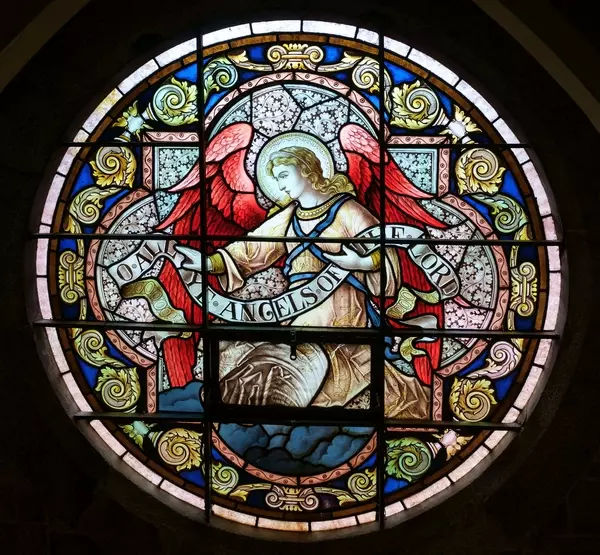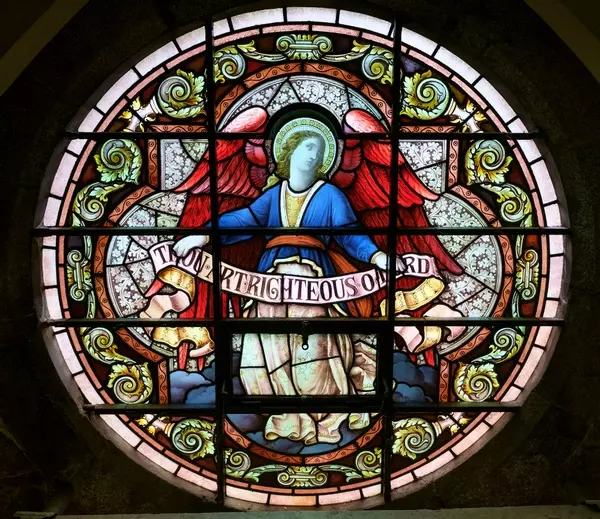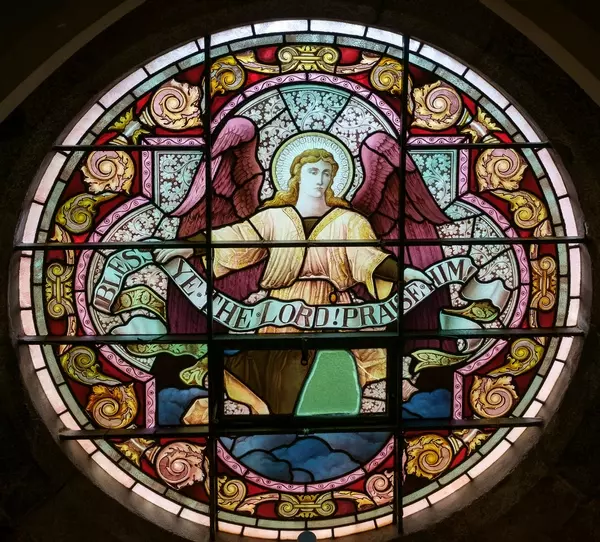History
When the Town Church no longer had room for all those coming to worship in the late 1850s it was agreed that another Anglican Church was needed.
An appeal was launched in 1860 by the Dean and Rector of St Peter Port to build a Chapel of Ease to serve the western part of the Parish. In 1862 the foundation stone was laid and St Stephen’s was opened for worship on 6th January 1865, the Feast of the Epiphany.
St Stephen's architect was George Frederick Bodley, a pupil of Sir George Gilbert Scott. He designed the building in the Early English Gothic Revival style, with tall arches and long, narrow windows. It was designed to enhance and encourage the new Anglo-Catholic tradition which was sweeping across the world. It was consecrated on 28th July 1866, when the Bishop of Mauritius visited the island.
The church was built with local pink and blue granite, with pillars and arches made from Caen stone and became a Parish Church under an Order in Council on 31st December 1884.
In 1920, the Rood was added in memory of Fr Lowe, the first Vicar. During the next twenty years, many alterations were made, including the building of the organ loft and the creation of the Chapel of the Resurrection.
The Second World War and the Occupation of Guernsey brought further development to a halt for several years.
In 1953, the only external Calvary in the Island was erected, and alterations were made to the Chapel of the Incarnation, now known as the Lady Chapel.
Our Vicars
There have been numerous clergy who have ministered within the St Stephen’s community since the doors of this beautiful church opened in 1865. It was only from 1880 that St Stephen’s became a parish of its own. There have been ten Vicars, and numerous Curates who have assisted since then:
- Frank Lowe 1880-1918
- Leslie Quenten 1918-1927
- Thomas h-Jackson 1927-1946
- James Felix 1946-1948
- Reginald Moore 1949-1962
- Bernard Kemp 1963-1981
- Murray Millard 1982-2004
- Philip Carrington 2006-2013
- John Moore 2015-2020
- Philip Thompson 2024-
Windows
A striking feature of St Stephen’s is the abundance of light which flows through its windows. Most are filled with beautiful stained glass, much of which is the early work of William Morris, who was a friend of Bodley. Of particular interest is the unique Tree of Jesse window.
